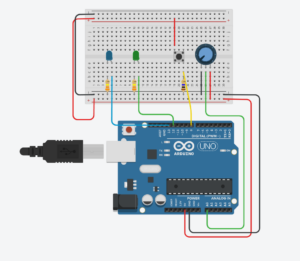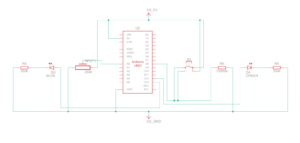Among the first reading’s example, Fields of Grass attracted my curiosity the most. Thinking about it, I feel that the sensors could be organized in various ways so that the output changes dependent on not only the position of the hand, but also to the pressure applied. Designing a virtual world where the terrain alters depending on how firmly you push your hand is pretty cool. Delicate touches could disclose hidden passageways or generate peaceful sounds, while larger pressing might unleash bolder graphics or more dramatic effects. Beyond pressure, the sensor array might be adjusted to respond to additional hand interactions. An teaching tool might be created out of the project at a museum. Using pressure or movement to control elements like water or sunshine, visitors may “grow” a variety of virtual plants by placing their hands in specific locations. Physical therapy might benefit from the apps as well, as the virtual environment could react to particular hand gestures or muscle control, offering a visually appealing means of monitoring improvement.
In addition, I thought the author’s recommendation to “shut up and listen”—that is, to pay great attention to how people engage with and respond to the work—was extremely applicable to interface design in general, not just in artistic contexts. By seeing where our works fall short in the future, we may learn so much. Thus, it’s crucial to remain receptive to such criticism in order to improve the work. I also asked my friends to play games with me and give me constructive critique for my midterm.







